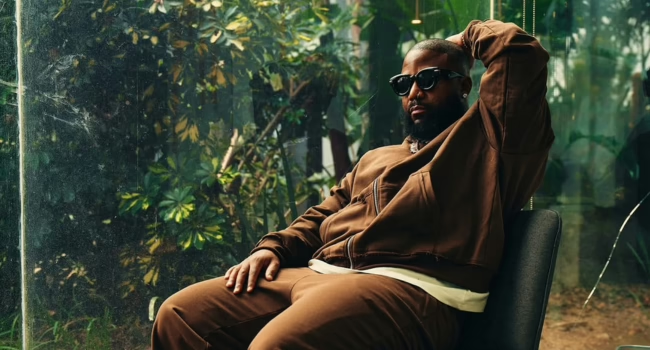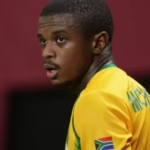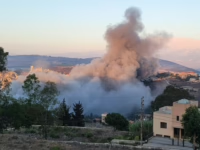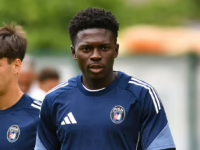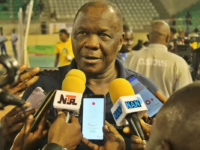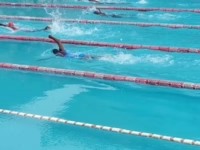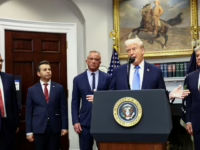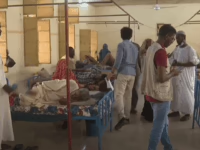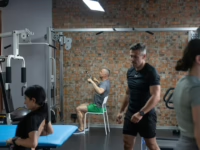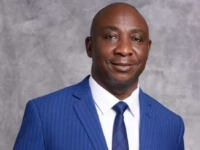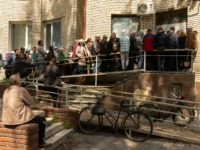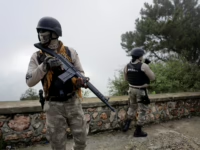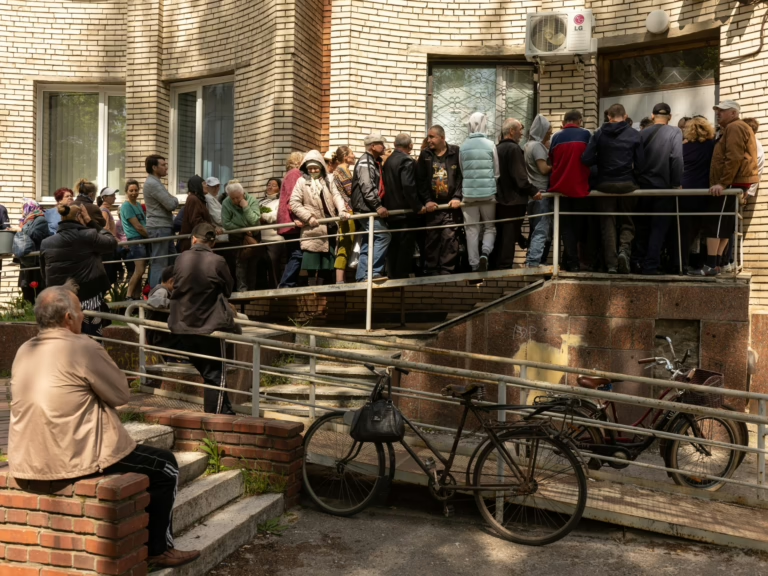Sloviansk, Ukraine – Eleven years ago, when pro-Russian insurgents took control of the southeastern Ukrainian city of Sloviansk, Raisa and her neighbours initially welcomed them with kindness.
On April 12, 2014, a group of armed men, led by former Russian intelligence officer Igor Girkin, covertly entered Sloviansk, marking the first Ukrainian city to fall under the control of separatists supported by Moscow.
They clashed with local police, raised the Russian flag atop the town hall, erected barricades and checkpoints, and distributed weapons-including grenade launchers-to enthusiastic local men eager for Donbas to join Russia.
This takeover followed Russia’s annexation of Crimea amid the turmoil after the ousting of pro-Russian President Viktor Yanukovych, a native of Donbas, who was removed following months of protests in Kyiv.
“During Yanukovych’s rule, Donbas enjoyed many benefits and privileges,” said Raisa, a 72-year-old retired sales manager, as she stood outside a grocery store with her bicycle.
However, after a decade of conflict and nearly three months under separatist control, her perspective-and that of many locals-has dramatically shifted.
Since Russia launched its full-scale invasion in 2022, countless Ukrainian soldiers have lost their lives, while millions of civilians face displacement, homelessness, unemployment, and soaring inflation.
“If I had the chance now, I would have taken up arms against those rebels myself,” Raisa declared, clenching her fist.
Raisa chose not to share her full name or personal details, fearing retaliation from local pro-Russian sympathizers.
Her son is currently fighting on the frontline just 15 kilometers east of Sloviansk, while her daughter supports the war effort from western Ukraine.
Her teenage granddaughter remains at home, attending school online due to the constant threat of shelling and drone strikes.
“She hopes to study at a university in Kyiv someday,” Raisa shared.
Founded nearly 400 years ago as a border fortress, Sloviansk-meaning “city of Slavs,” the ethnic group shared by Ukrainians and Russians-developed into an industrial hub with a population of around 50,000.
The town’s economy once thrived on factories, therapeutic spas, salt and potassium mining, and ceramic production.
There were even ambitions to extract shale gas through a joint venture with Shell, but the project was abandoned in 2014.
After Ukrainian forces reclaimed Sloviansk in July 2014, the city transformed into a strategic military bastion, forming part of a defensive “fortress belt” in Donbas that thwarted Moscow’s hopes for a swift regional takeover.
Sloviansk was a focal point during Russia’s largely unsuccessful offensive this past summer.
Its streets, shops, and cafés are now frequented by rugged men in military fatigues, many adorned with tattoos bearing Ukrainian national or patriotic emblems, driving camouflaged jeeps.
Alcohol sales are restricted, yet the town is dotted with gyms and stores selling military equipment, alongside signs like “We buy drones in any condition,” indicating the presence of covert workshops repairing or assembling unmanned aerial vehicles.
These operations remain secretive, as some locals still collaborate with Russian forces by spying and revealing military locations.
“Where are our intelligence agencies? Why haven’t they apprehended these informants?” questioned Vasily Petrenko, an 82-year-old retired teacher, counting the sites recently struck by drones, missiles, or glide bombs.
Authorities have arrested at least three spies this year, according to security services and prosecutors.
Petrenko estimated that about 40 percent of his generation still harbor pro-Russian sentiments, nostalgic for Soviet times and hoping for Russian troops to return.
“They sit around drinking beer, asking, ‘When will they come? When will they come?'” he said, leaning on his worn wooden cane. “They should be reported and removed.”
His words were cut short by the deafening explosion of a glide bomb.
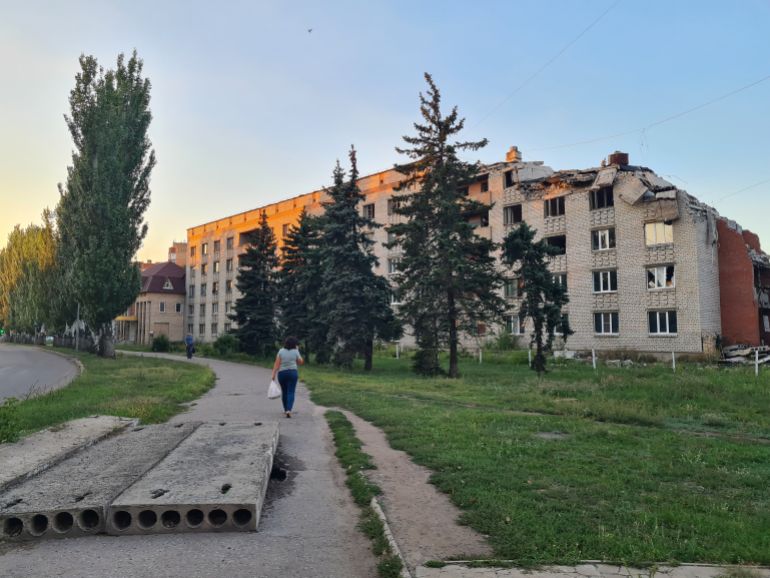
These glide bombs, capable of traveling up to 70 kilometers after release, have devastated entire neighborhoods in Sloviansk.
“You never know if you’ll wake up the next morning,” said Lydia Bobok, a 37-year-old mother of two, speaking beside a Soviet-era monument dedicated to mothers of fallen soldiers.
Such destruction has served as a harsh reality check for many former pro-Russian residents.
Rather than trusting Russian media or pro-Kremlin politicians who once appeared on Ukrainian talk shows, they now witness the war’s brutal consequences firsthand.
“The situation has fundamentally changed,” Lydia remarked.
Still, several locals declined to discuss their political views or the conflict, insisting, “I don’t follow politics. I’m just trying to live my life.”
Sloviansk was also the stage for a dubious Russian propaganda attempt.
On July 12, 2014, Russia’s Channel One aired an interview with a woman claiming to be a “refugee from Sloviansk,” who alleged that Ukrainian soldiers had “crucified” a three-year-old boy in front of his mother, who was married to a separatist.
She described the child’s mother witnessing her son bleed to death, with soldiers inflicting cuts to prolong his suffering.
However, this reporter was in Sloviansk when the interview aired and found no evidence supporting the story. Independent Russian outlets, now exiled, such as Novaya Gazeta and TV Rain, also investigated and found the claims baseless.
During the separatist occupation, this reporter observed crowds in the town center cheering rebels who displayed captured Ukrainian armored vehicles as trophies.
Locals frequently spoke of the “Russian Spring,” a Kremlin-coined phrase inspired by the 2011 Arab Spring, symbolizing the anticipated annexation of Russian-speaking eastern and southern Ukrainian regions.
Today, the separatist leader Girkin, once hailed as the “Russian Spring’s” pioneer, is serving a four-year prison sentence for extremism after criticizing the Kremlin.
In 2022, a court in The Hague sentenced him in absentia to life imprisonment for his involvement in the downing of Malaysia Airlines Flight MH17 in July 2014, which killed all 298 passengers and crew.
Currently, Sloviansk appears firmly aligned with Ukraine.
“Sloviansk has always been, is, and will remain part of Ukraine,” said Boris, a military officer who joined the armed forces after fleeing Russian-occupied Kherson in 2022. He requested his surname be withheld due to fears of retaliation from pro-Russian elements.
“Its history as a separatist hotspot no longer matters,” he added with a confident smile.


